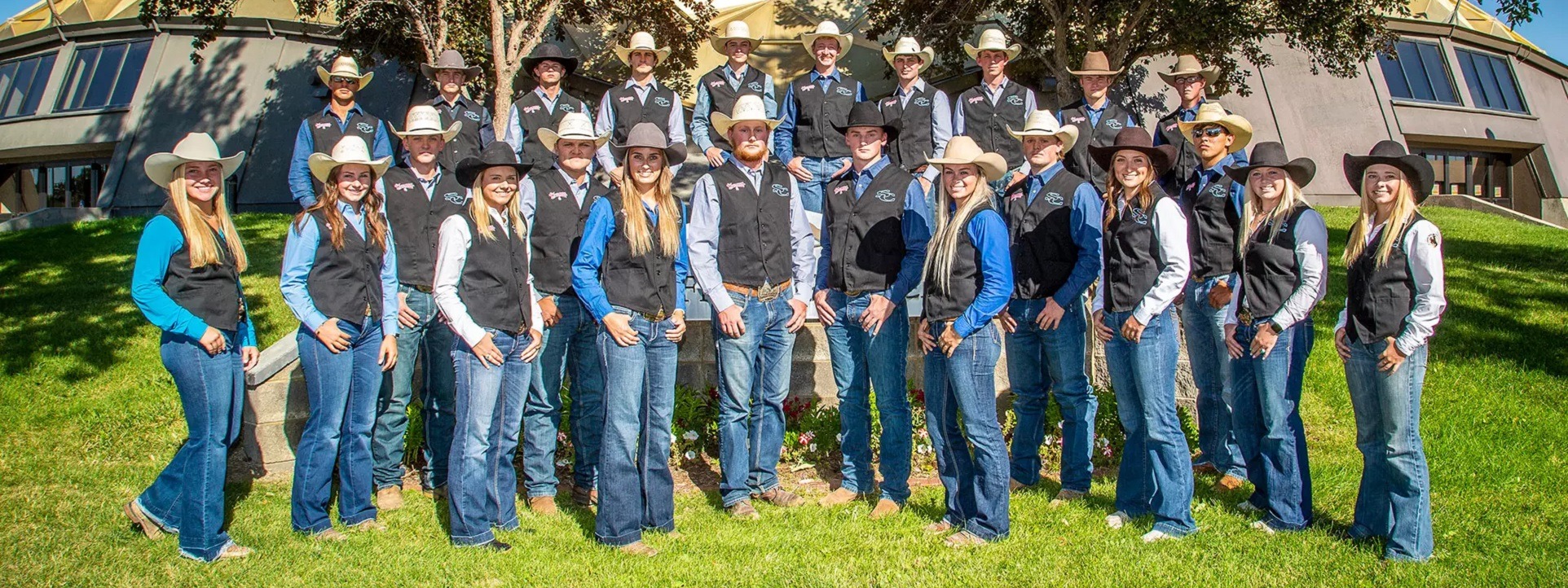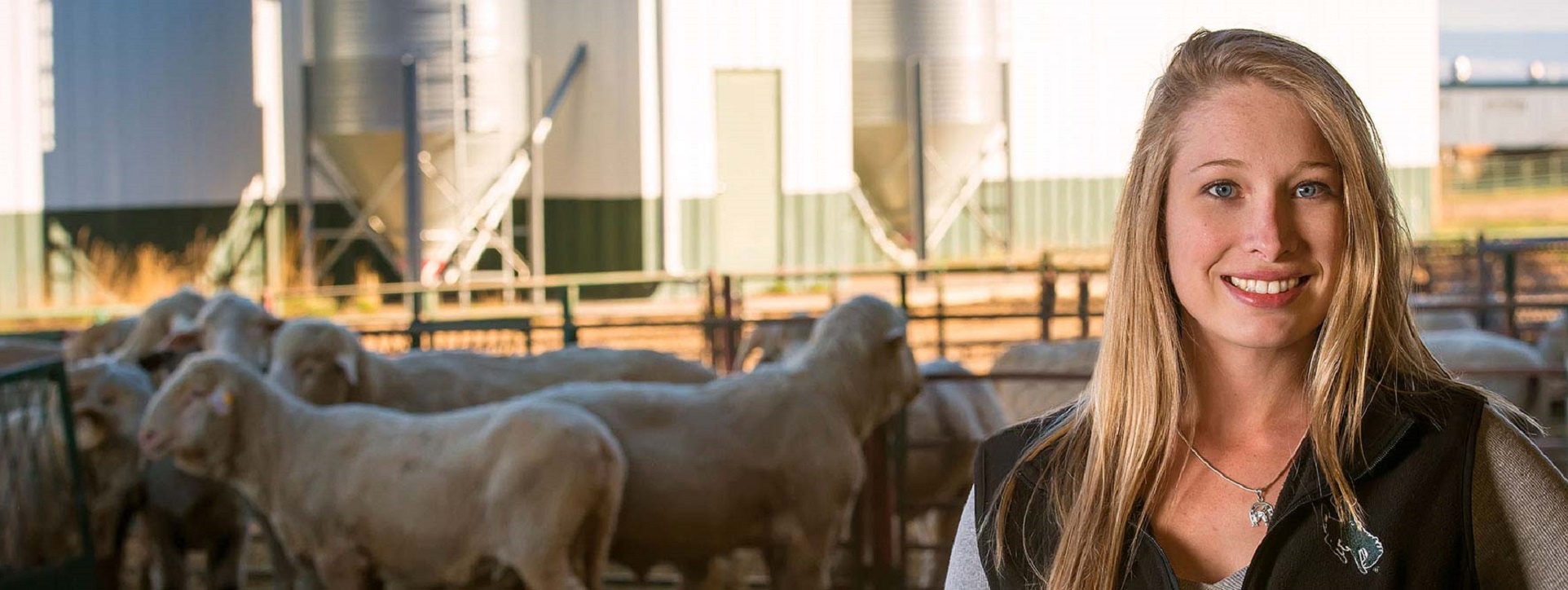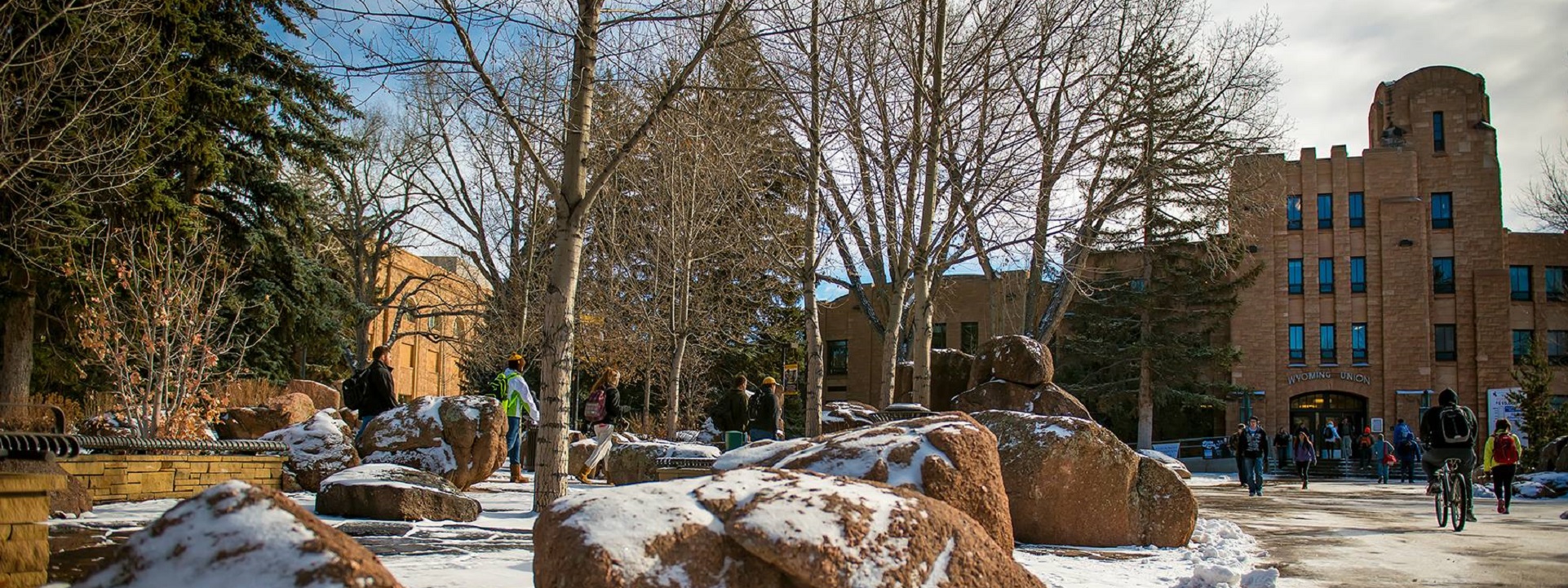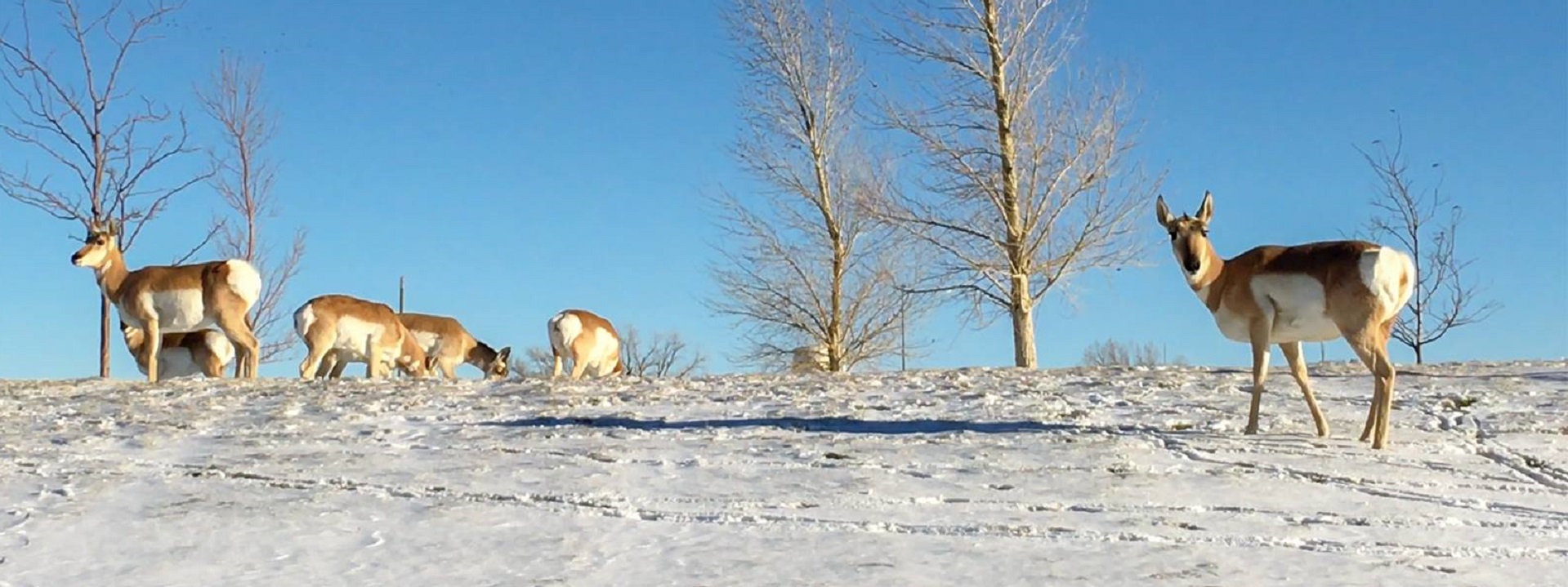“You invent a story, and then the story invents you.”
— Umberto Eco’s Foucault’s Pendulum
Università degli Studi di Trieste

“You invent a story, and then the story invents you.”
— Umberto Eco’s Foucault’s Pendulum
Università degli Studi di Trieste
Truth as Glorious Adventure | Douglas Murray & Jordan Peterson
Open agenda. We do this once every month. Whatever anyone wants to talk about.
2024 / 2025 / 2026 Code Development: Group B (2025)
“The morning cup of coffee has an exhilaration about it which the cheering influence
of the afternoon or evening cup of tea cannot be expected to reproduce.”
– Oliver Wendell Holmes Sr. (The Autocrat of the Breakfast Table, 1858)
Northern Michigan University Net Position 2023: $313,965,331
Thinking about how that groundhog lied to us 🤨🤨🤨 pic.twitter.com/ZQOzzteCzs— Penny Kmitt (@pennylikeacoin) April 4, 2024The non-alcoholic version of the Dirty Snowball:Ingredients:
Instructions:
Related:
February 16, 2024: NMU Board Agrees to Proceed on Capital Projects
Study break!#studentlife #sleddog #WinterVibes #collegelife #highereducation pic.twitter.com/qsEKtRxB3P
— Northern Michigan University (@NorthernMichU) February 22, 2023
Capturing snow flakes as the fall out of the sky
[📹 Dmitry Dotsenko / dots_foto]pic.twitter.com/e3rwNUGLmK
— Massimo (@Rainmaker1973) January 29, 2025
Scotland to North America | Canadian Bannock| North American Indigenous
Standards Alaska | Joan Soranno Architect: HGA | Facilities Services
Museum of the North Cafe | Maple Sea Salt Latte
Did you know? Information from the University of Alaska Fairbanks is now available where skies are blue: https://t.co/YRBqWjmqK7 pic.twitter.com/rQiMoUzqwo
— UA Fairbanks (@uafairbanks) January 25, 2025
It’s a UAF thing.
🥶🧊 #40BelowClub #UAFtraditions #CoolClub pic.twitter.com/IQZoPc1rwd— UA Fairbanks (@uafairbanks) January 26, 2024
Alaska Building Codes | Stairways
“We wish to suggest a structure
for the salt of deoxyribose nucleic acid (DNA).
This structure has novel features
which are of considerable biological interest….”
James Watson | “Nature” April 1953
This simple method preparing hot coffee evolved from open flame; out on the range. The result is a strong, robust cup that retains grittiness due to the coarse grind and the absence of a filter. Cowboy coffee is more about utility and simplicity rather than precision and refinement, which aligns with the rugged and practical nature of cowboy life. Here’s how it’s typically made:
Ingredients:
Coarsely ground coffee beans, water.
Equipment:
A pot (often a simple metal or enamel coffee pot), a heat source (campfire or portable stove), and a way to separate the grounds from the liquid (like pouring or using a fine mesh strainer).
Process:
Add coarsely ground coffee to the pot. The amount can vary based on personal preference, but it’s generally a couple of tablespoons of coffee per cup of water.
Add water to the pot. Again, the ratio of coffee to water can be adjusted based on taste preferences.
Place the pot on the heat source and bring it to a near-boil. Watch it carefully to avoid boiling over.
Once it’s heated, let it steep for a few minutes. Some cowboys might toss in a crushed eggshell to help settle the grounds.
Remove the pot from the heat and let it sit for a moment to allow the coffee grounds to settle.
Pour the coffee carefully to avoid pouring the grounds into your cup.
Locals swear by it:
“Cowboy coffee ain’t as easy as it looks. It takes some know-how to make it right.” – Unknown
“You can’t compromise with a cup of weak coffee.” – Cowboy Proverb
“There are only two things that a cowboy can’t do without – his horse and his coffee.” – Unknown
“A cowboy’s day starts with coffee and ends with whiskey.” – Unknown
“Life is too short for bad coffee.” – Unknown
“Cowboy coffee: where the grounds are meant to be chewed, not sipped.” – Unknown











“The Liberals are Coming, and They’re Bringing Fancy Coffee” https://t.co/XykfCFYZgVhttps://t.co/exHU6TR2h9
America is changed by flight from miserable Blue States to better Red States—only to import the policies that created the misery they fled from in the first place. pic.twitter.com/OaVVgrTxJr— Standards Michigan (@StandardsMich) October 31, 2022
Academic Catalog | Annual Impact Report Fiscal Year 2022
Thomas Newman Score | Fried Green Tomatoes at the Whistle Stop Cafe
“The Story of My Life” 1905 | Helen Keller
Helen Keller was born on June 27, 1880, in Tuscumbia, a small town in northern Alabama.
Highlands College opens residence hall funded by gift from Hobby Lobby CEO | January 2023
This content is accessible to paid subscribers. To view it please enter your password below or send mike@standardsmichigan.com a request for subscription details.
New update alert! The 2022 update to the Trademark Assignment Dataset is now available online. Find 1.29 million trademark assignments, involving 2.28 million unique trademark properties issued by the USPTO between March 1952 and January 2023: https://t.co/njrDAbSpwB pic.twitter.com/GkAXrHoQ9T
— USPTO (@uspto) July 13, 2023
Standards Michigan Group, LLC
2723 South State Street | Suite 150
Ann Arbor, MI 48104 USA
888-746-3670
